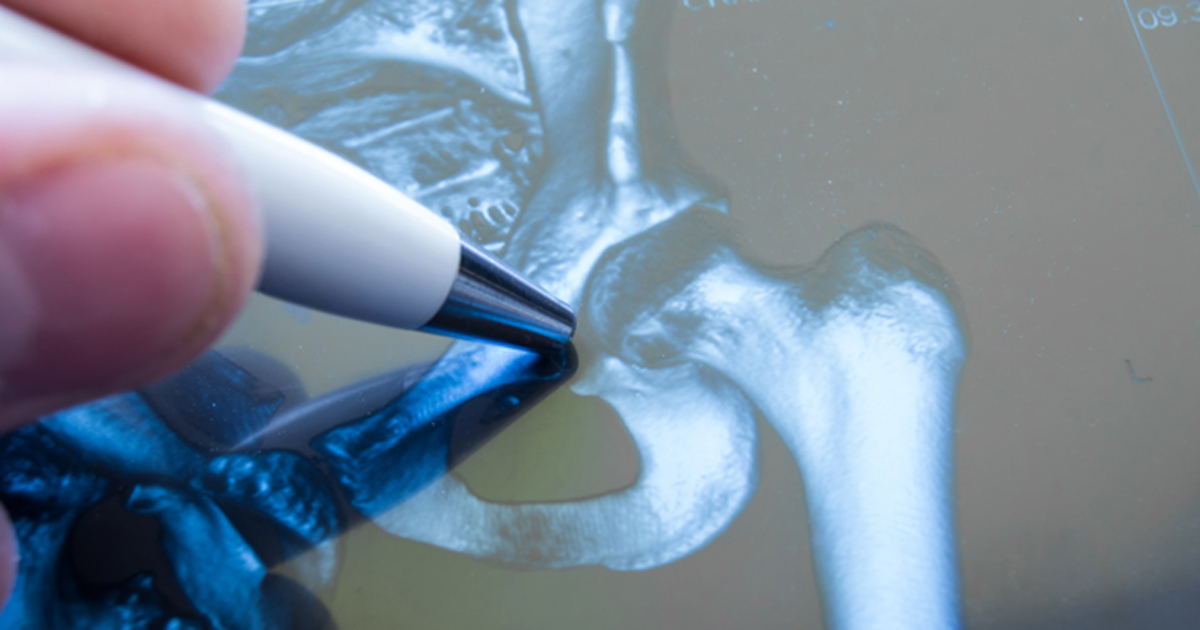Bone material strength improves after gastric bypass
Adults with obesity who underwent Roux-en-Y gastric bypass experienced an improvement in bone material strength in the year after surgery despite an increase in bone turnover markers and decrease in bone mineral density, according to findings published in Bone.

“After Roux-en-Y gastric bypass, a reduction in areal BMD and an increase in bone turnover and fracture rate are observed,” Ingvild K. Blom-Høgestøl, MD, a doctoral student in the department of endocrinology, morbid obesity and preventive medicine at Oslo University Hospital, Norway, and colleagues wrote in the study background. “Possible mechanisms include weight-loss-mediated reduced stimulation of osteocyte mechanoreceptors, disturbances of the calcium and vitamin D balance, and changes in gastrointestinal and sex hormone levels. Following weight stabilization, a continued areal BMD decrease and persistent elevated serum bone turnover markers has also been observed, indicating possible effects of Roux-en-Y gastric bypass on bone beyond adaptation to a reduced weight. However, studies utilizing high-resolution peripheral quantitative computed tomography (HRpQCT) to estimate failure load have revealed diverging results 1 year after gastric bypass and, to our knowledge, changes in tissue-level bone material strength have not been previously explored.”
Blom-Høgestøl and colleagues analyzed data from 34 participants with a BMI of at least 40 kg/m² or a BMI of at least 35 kg/m² with at least one obesity-related comorbidity who underwent Roux-en-Y gastric bypass and were recruited from the department of morbid obesity and bariatric surgery at Oslo University Hospital (mean age, 45 years; 63% women; mean BMI, 40.9 kg/m²; 13 with type 2 diabetes). All participants were advised after surgery to take 1,000 mg calcium daily, 800 IU vitamin D daily, 200 mg iron daily and a 1 mg vitamin B12 injection once every 3 months. At baseline and 1 year after surgery, researchers evaluated bone material strength index by impact microindentation, areal BMD and body composition via DXA, and bone turnover markers and calciotropic hormone levels via fasting blood samples.

At 1 year after surgery, participants lost a mean 33.9 kg and 48.7% of total body fat, with all but one of participants with type 2 diabetes in remission. Mean areal BMD for the cohort fell by 3.9% at the lumbar spine, 8.2% at the femoral neck, 11.6% at total hip and 9.4% for the total body. The areal BMD changes, which did not differ among participants with vs. without type 2 diabetes, corresponded to a decrease in T-score at all evaluated skeletal locations, according to researchers. Researchers observed mean increases of 195.1% and 109.5% respectively, for the bone turnover markers C-terminal telopeptide of type 1 collagen (CTX-1) and procollagen type 1 N-terminal propeptide (PINP).
Before surgery, bone material strength index was inversely associated with BMI (P = .01), with results persisting after adjusting for age and sex (P = .001). However, 1 year after surgery, BMI was no longer correlated with bone material strength index, and changes in bone material strength index were not correlated with weight loss after surgery.
In the year after surgery, mean bone material strength index increased from 78.1 preoperatively to 82, corresponding to a mean 6.3% increase (P = .037). There were no between-group differences among participants with and without type 2 diabetes.
Among participants with type 2 diabetes, researchers observed that a larger decrease in HbA1c was associated with a larger increase in bone material strength index (P = .019).
“The presented improvements in bone material strength are based on early findings post Roux-en-Y gastric bypass,” the researchers wrote. “Studies evaluating participants in the years following weight stabilization have noted persistent elevated bone turnover markers, continued bone loss, and estimated failure load decrease, corresponding to an increased fracture rate observed by recent studies. In light of this knowledge, it is unlikely that bone material strength continues to increase in the years following weight stabilization. However, this is beyond the scope of our study and remains to be further explored.” – by Regina Schaffer
Disclosure: One of the authors reports he is a consultant for Amgen, Ascendis, Eli Lilly, Merck, Novartis and Shire, and has received grant support and lecture fees from Amgen, Eli Lilly, Novartis and Takeda.

